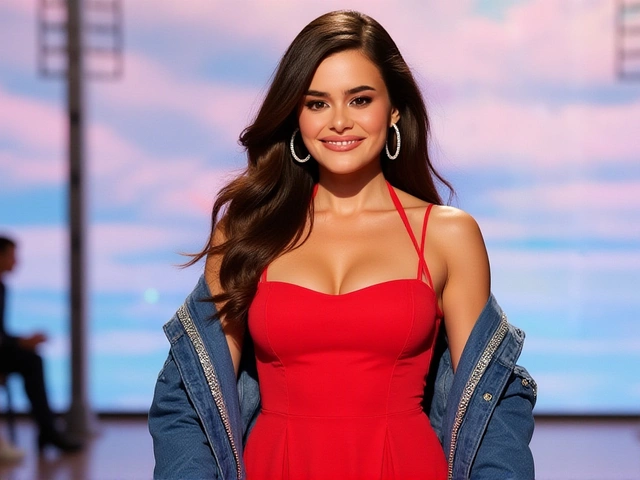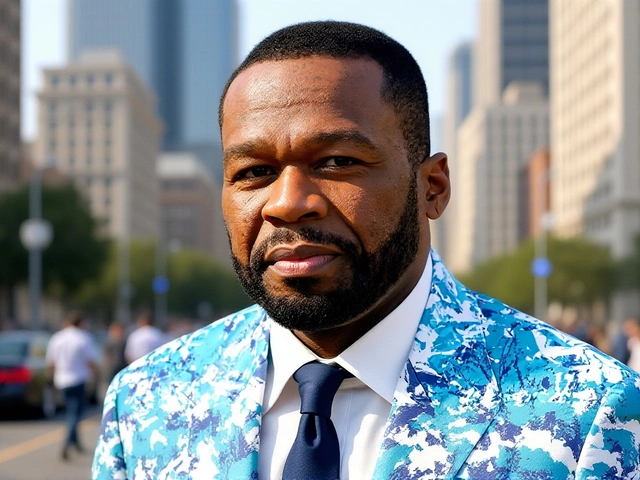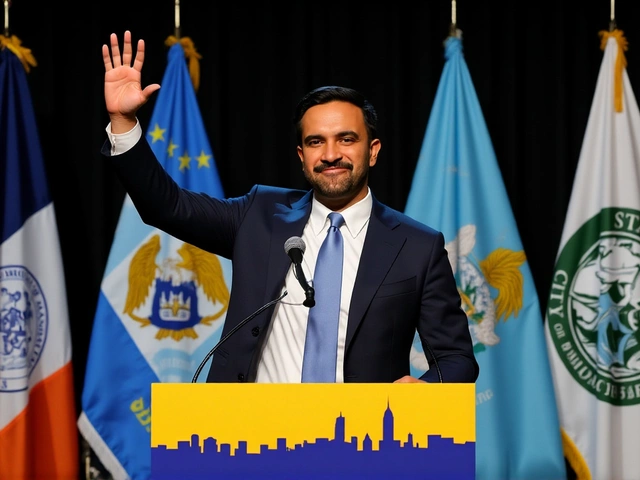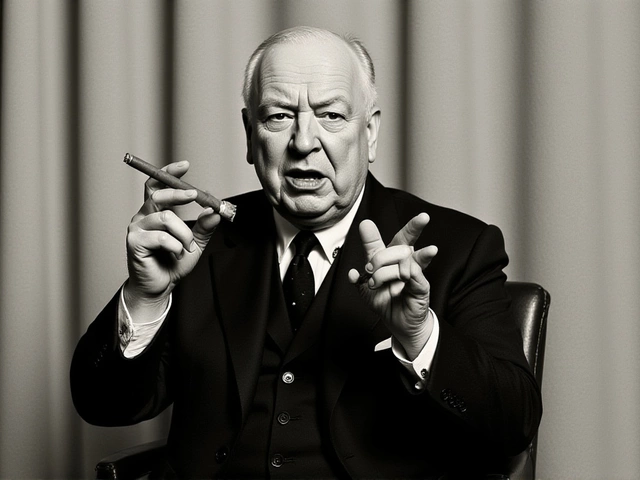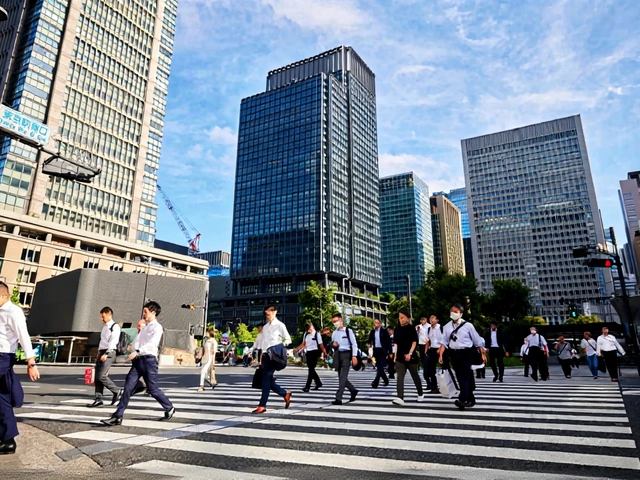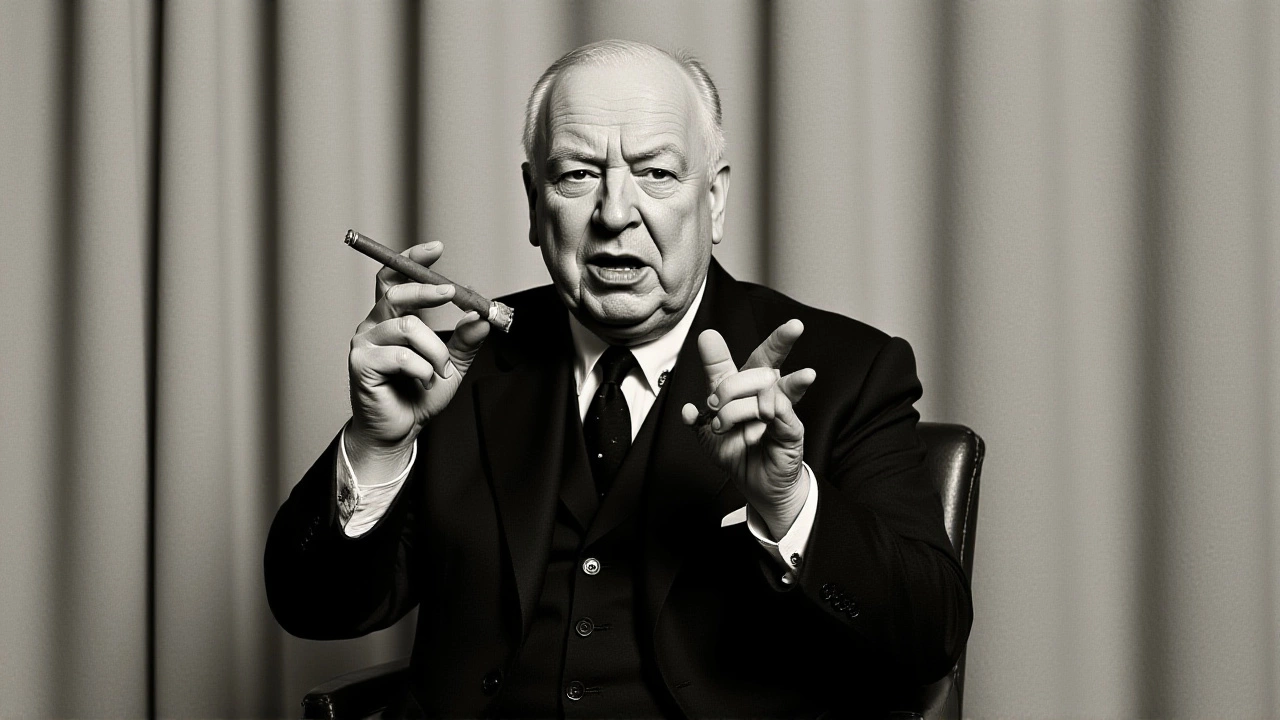
When Alfred Hitchcock, the legendary film director tried to shoot the climax of North by Northwest on the real Mount Rushmore in August 1959, officials shut the idea down. The ban forced the Maestro of Suspense to recreate the iconic monument on a backlot at MGM Studios, using stand‑ins for stars Cary Grant and Eva Marie Saint. Why does a decades‑old filming dispute matter today? Because it encapsulates Hitchcock’s lifelong battle with censors, a fight that reshaped the rules of American and British cinema.
Historical Context: A Director Known for Defying Limits
By the late 1950s Hitchcock had already earned the nickname "Master of Suspense" through hits like Rebecca, The Birds, and Psycho. Yet his reputation wasn’t just built on thrills; it was also forged in the courtroom‑like arenas of the Production Code Administration (PCA) in the United States and the British Board of Film Censors (BBFC). In 1935, the PCA famously ordered the removal of a handcuffed couple scene from The 39 Steps, arguing that even married couples shouldn’t share a bed on screen. Hitchcock’s diary entry from that year reads, "They cut my story like a surgeon with a dull knife."
The Blocked Mount Rushmore Sequence
Hitchcock’s original vision for North by Northwest called for a runaway chase across the faces of presidents George Washington, Thomas Jefferson, Theodore Roosevelt, and Abraham Lincoln. The plan was to film Cary Grant and Eva Marie Saint perched on the granite ledges, a stunt that would have required daring rigging and, frankly, a lot of luck.
During a site visit in June 1959, officials from the National Park Service said the location was "off‑limits for any kind of film production" due to safety concerns, potential damage to the monument, and the sheer logistical nightmare of moving equipment atop a national treasure. The director’s plea, "I'd like to shoot there or nowhere," was met with a polite, "Sorry, Mr. Hitchcock, that's a no‑go."
Consequently, the climax was built on MGM’s massive backlot in Culver City. Set designers sculpted a 30‑foot replica of the monument using concrete and painted plaster, while matte paintings by Albert Whitlock were added in post‑production to blend the horizon. The end result looked convincing enough for 1960s audiences, though modern viewers can spot the seams.
Hitchcock vs. Censorship: A Pattern of Resistance
Mount Rushmore wasn’t the only battlefield. In 1960, while filming Psycho’s infamous shower scene, Hitchcock invited censor Geoffrey Shurlock to watch a deliberately over‑the‑top cut featuring nudity and blood. Shurlock demanded changes, and Hitchcock pretended to comply—only to edit the final version exactly as he’d planned, delivering a 45‑second masterpiece that still shocks today.
Later that March, Hitchcock argued for a flushing toilet on screen, insisting it was vital to show Marion Crane (Janet Leigh) destroying evidence. The PCA, after a brief debate, gave a historic green light, making Psycho the first American film to show a flushing toilet. This tiny rebellion opened the door for more realistic depictions of everyday life in cinema.
Across the pond, the BBFC had stricter rules. The board’s early 1930s code listed only two prohibitions—no depiction of Christ and no nudity—but by the 1950s it expanded to 98 clauses, censoring anything that suggested class conflict or questioned societal norms. Hitchcock’s 1956 film The Man Who Knew Too Much faced cuts for a scene showing a crowd protest, which the BBFC deemed "subversive."
Impact on Film and Legacy
Hitchcock’s willingness to push against regulations didn’t just win him publicity; it reshaped what studios considered permissible. After the Mount Rushmore episode, studios became more willing to negotiate with location authorities, often financing safety crews and insurance to gain access to iconic sites. By the 1970s, Spielberg filmed on the actual Statue of Liberty for Close Encounters of the Third Kind, a feat that would have seemed impossible in Hitchcock’s day.
Moreover, the director’s tactics inspired future auteurs. Martin Scorsese, for instance, cited Hitchcock’s "creative defiance" as a blueprint for his own battles with the MPAA over the graphic drug use in Taxi Driver. The ripple effect is evident in today’s streaming‑era negotiations, where platforms like Netflix argue for on‑location shoots in heritage sites, citing Hitchcock’s legacy as a precedent.
Looking Forward: What the Mount Rushmore Saga Teaches Today
In an age where CGI can recreate any landmark, some argue that physical location shooting is a relic. Yet the story of Hitchcock’s blocked scene reminds us that the tension between artistic vision and regulatory bodies is still alive—just shifted to digital rights and virtual environments. As film commissions grapple with drone usage and virtual production stages, the old‑school fight over Mount Rushmore serves as a cautionary tale: creative ambition will always test the limits of policy.
- When: August 1959 – original location request; June 1959 – denial by National Park Service.
- Who: Alfred Hitchcock (director), Cary Grant & Eva Marie Saint (lead actors), MGM Studios (backlot).
- Where: Mount Rushmore (South Dakota) – denied; MGM backlot (Culver City, California) – actual shoot.
- Why: Safety, preservation of the monument, and bureaucratic red tape.
- Result: A recreated set that became one of cinema’s most memorable chase sequences, and a lasting example of censorship battles.
Frequently Asked Questions
Why was filming on the actual Mount Rushmore prohibited?
The National Park Service cited safety risks for cast and crew, potential damage to the historic sculpture, and logistical challenges of moving equipment onto a steep, protected monument. Their policy at the time barred any commercial filming on the site.
How did the backlot recreation compare to the real monument?
MGM’s set used concrete facsimiles and matte paintings to mimic the four presidential faces. While the illusion held up for 1960s theatergoers, modern viewers can spot differences in scale and texture, especially when the set’s edges are juxtaposed with the actual Black Hills horizon.
What other censorship battles did Hitchcock face?
Beyond Mount Rushmore, Hitchcock clashed with the Production Code Administration over the handcuffed couple in The 39 Steps, the steamy bedroom scene in Psycho, and even the inclusion of a flushing toilet. In Britain, the BBFC demanded cuts to protest scenes in The Man Who Knew Too Much and limited depictions of violence.
Did the Mount Rushmore denial affect future location shoots?
It set a precedent for studios to negotiate extensive safety plans and insurance when seeking permission for iconic sites. By the 1970s, films like Close Encounters and National Lampoon's Vacation secured on‑location access to previously restricted landmarks.
What does this story tell us about modern filmmaking?
Even with CGI, directors still value authentic settings; the tension now centers on digital rights, privacy, and virtual production permits. Hitchcock’s struggle illustrates that artistic ambition will always push against regulatory boundaries, whether on a granite cliff or a computer‑generated landscape.
